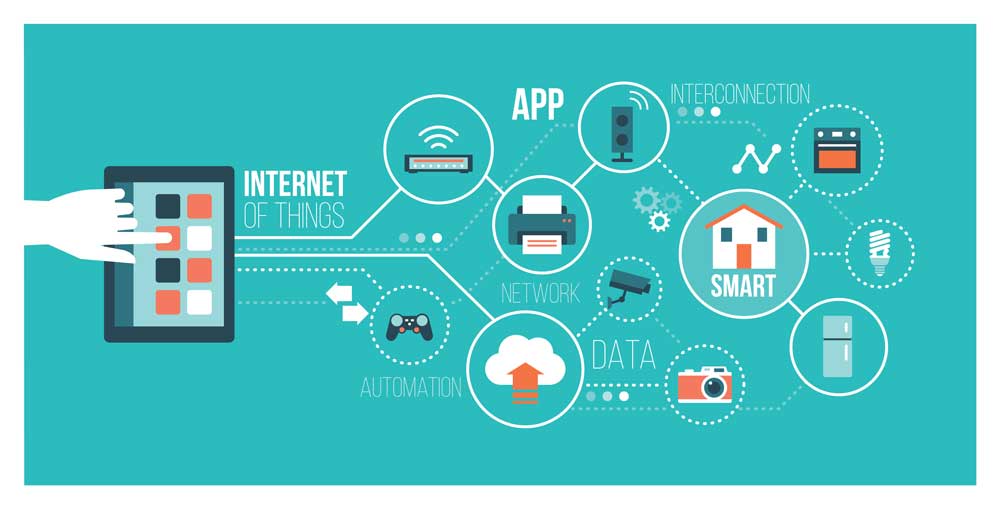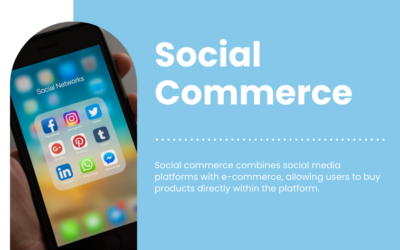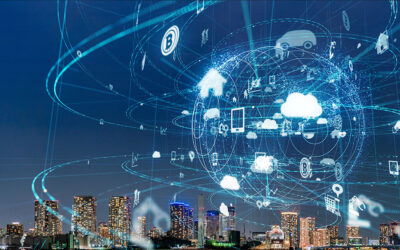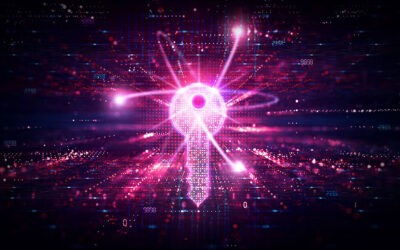Demystifying IoT and its Mechanics
The Rise of a Networked Universe
The Internet of Things (IoT) is not merely a buzzword in today’s technological epoch; it is a revolutionary concept shaping our daily lives and business operations. This networked universe is enhancing how we interact with the world around us, offering a myriad of opportunities and solutions in an increasingly interconnected world.
What is the Internet of Things (IoT)?
IoT refers to the billions of physical devices around the globe that are connected to the internet, all collecting and sharing data. This broad definition encompasses everything from your smartphone and wearable devices to smart home appliances and industrial machinery.
Essentially, IoT represents a giant network of “things” communicating with one another. Through IoT, devices can interconnect and interact, enhancing efficiency, enabling automation, and creating a dynamic environment that adapts to user needs.
The Mechanics of IoT: How Does it Work?
The working of IoT may seem complex due to its vast applications and technology integration, but at its core, it’s a straightforward process. The main elements include IoT devices, connectivity, data processing, and user interface.
IoT Devices: These are physical devices embedded with sensors, software, or other technologies to collect and transmit data. Examples include a smart thermostat in your home or sensors monitoring equipment in a factory.
Connectivity: After the data is collected, it needs to be sent to the cloud. This transmission requires a connection, typically achieved through a variety of methods such as cellular, satellite, WiFi, Bluetooth, or direct internet connections.
Data Processing: Once data reaches the cloud, software processes it to make it useful. This could be as simple as checking if a temperature reading is within an acceptable range or as complex as using AI for pattern recognition in data.
User Interface: The processed data needs to be accessible to end users in a readable format. This could be through an alert on a smartphone app, a notification on your desktop, or even instructions sent back to the device to adjust its operation.
The Power of IoT: Real-World Applications
The real power of IoT lies in its applications. It’s driving advancements in various sectors such as healthcare, transportation, agriculture, and manufacturing.
Smart Homes: One of the most familiar examples of IoT technology is in smart homes. Devices like Google Home or Amazon’s Alexa, smart thermostats, and intelligent lighting systems improve energy efficiency and convenience.
Industrial IoT (IIoT): In industrial settings, IoT is often used for predictive maintenance, improved safety, and increased efficiency. Sensors on machinery can predict failures before they happen, reducing downtime and maintenance costs.
Wearables: Wearable devices such as fitness trackers and smartwatches are also part of the IoT ecosystem. They can track health metrics, monitor sleep patterns, and provide personalized health advice.
The Challenges and Future of IoT
Despite the immense potential of IoT, challenges persist. Security and privacy concerns are paramount due to the massive amounts of personal data collected and shared. Additionally, the need for reliable connectivity and the complexity of managing a vast array of different devices are significant obstacles.
Despite these challenges, the future of IoT is promising. Advancements in technologies such as AI, 5G, and edge computing will fuel the growth and development of IoT.
The Interconnected Era of IoT
In a nutshell, IoT represents a transformative shift in the way we interact with technology, bringing about a new era of interconnectedness and data-driven decision making. Its diverse applications have the potential to bring about significant improvements in efficiency and productivity across various sectors. While challenges persist, the future of IoT appears bright as technology continues to evolve and enable an even more connected world.




